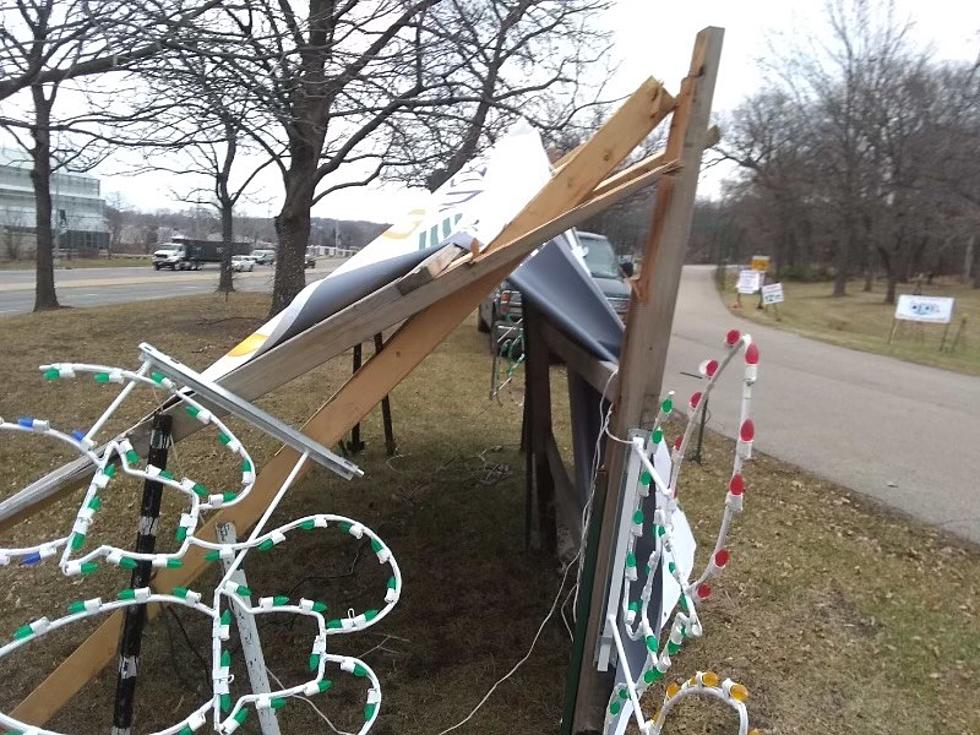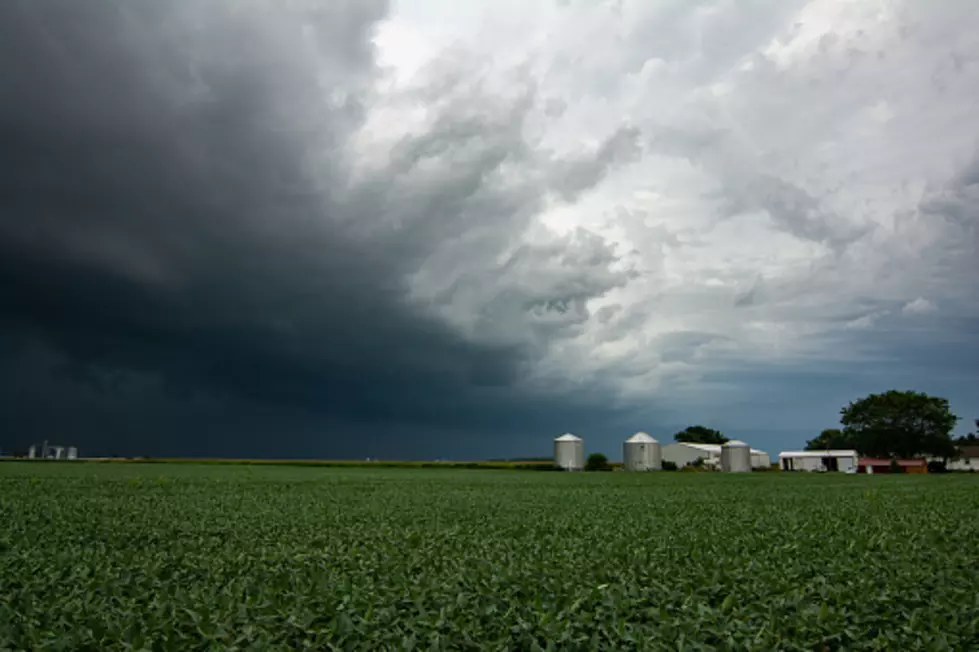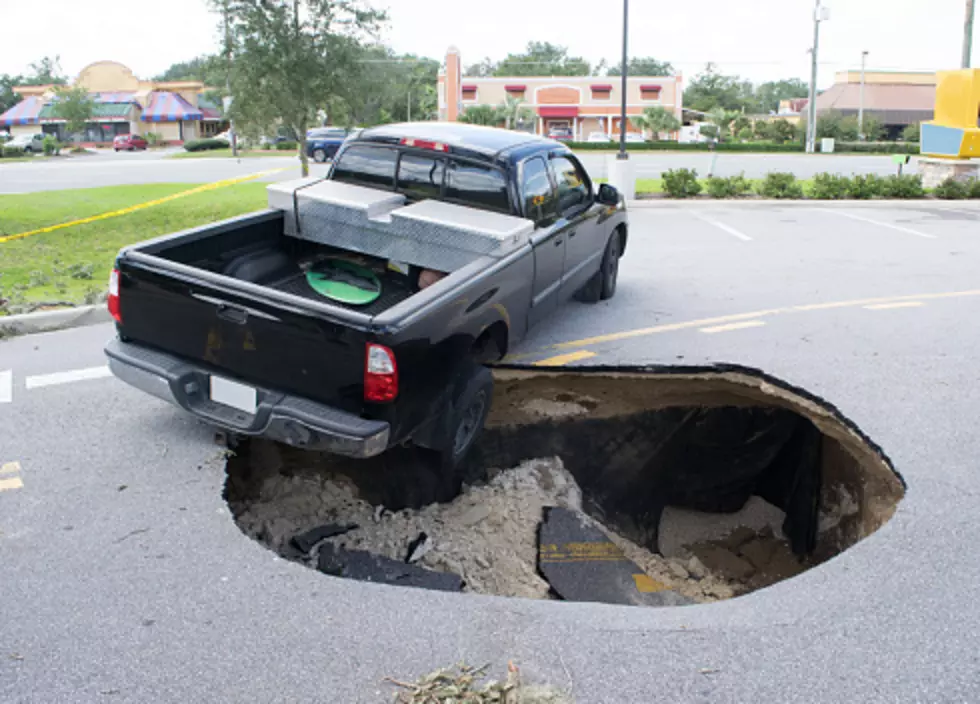
4 Things To Do Now to Save Your Car from Rockford’s Salty Roads
I pretty much like nothing about driving in the Winter. The worst is the dirty snow and salt that keep our cars (and our coats) looking nasty. And, that salt is damaging.
Driving anywhere, once the snow and ice have arrived, becomes quite a challenge. It doesn't matter how long you've lived in a climate like Illinois, or how much experience you have driving is 'less-than-favorable' Winter conditions, it sucks. And what makes it suck even more, are the drivers sharing the road who either don't have a clue how to drive in this mess or just seem to keep forgetting how to do it.
Then comes the permanent condition of the outside of your car. Dirty snow and road salt dust make it nearly impossible to even see the original color of your car. And all that salt really starts to mess with your car, BIG TIME.
There are three different types of road salt (vacuum, rock and sea), which are typically one component of four different formulations of the stuff that winds up being put on our roads:
- Sodium chloride
- Magnesium chloride
- Calcium chloride
- Potassium chloride
According to auto mechaninc Chris Janak,
“It’s a combination of normal rusting of every vehicle because every car rusts. But this calcium chloride just basically puts the corrosion level and corrosion factor into overdrive. It’s a moisture activated chemical, so even when the winter is over, you get a nice, rainy day in the summer or a moist dewy day, it activates the chemical. It continues to sit there and react and eat away at all the metal.”
Remember when all you thought this nasty stuff would do was maybe mess up your paint or mess up your clothes. If you want any hope of rescuing your car from the worst possible scenario, star making the things below, a habit:
- Wax your vehicle every year, right before winter weather begins.
- Get the salt off your car ASAP after driving through it.
- Don’t skip the undercarriage.
- Stay away from puddles and plow trucks. This is good winter driving advice in general (you never know how deep that puddle is going to be), but also helpful in terms of salt. Puddles tend to have a lot of salt in them, and while it may seem safer, driving directly behind (or close to) a plow/salt truck positions your vehicle for maximum salt exposure.
These tips come straight from the DMV.org website.
[H/T LifeHacker.com]
Steve Shannon is host of The Steve Shannon Show on 97ZOK. On the air weekday mornings from 6 to 10 a.m. and a special 'Rewind' show, featuring favorite moments from previous shows, on Saturday mornings from 5 to 7 a.m.. Follow him on Twitter, Instagram, and like his page on Facebook.
Read More: Beloit Baseball Will Open New Stadium as Miami Marlins Affiliate
More From 97 ZOK






![Illinois Derecho Causes Damage Across No. Illinois [PHOTOS]](http://townsquare.media/site/671/files/2018/06/730150639.jpg?w=980&q=75)


